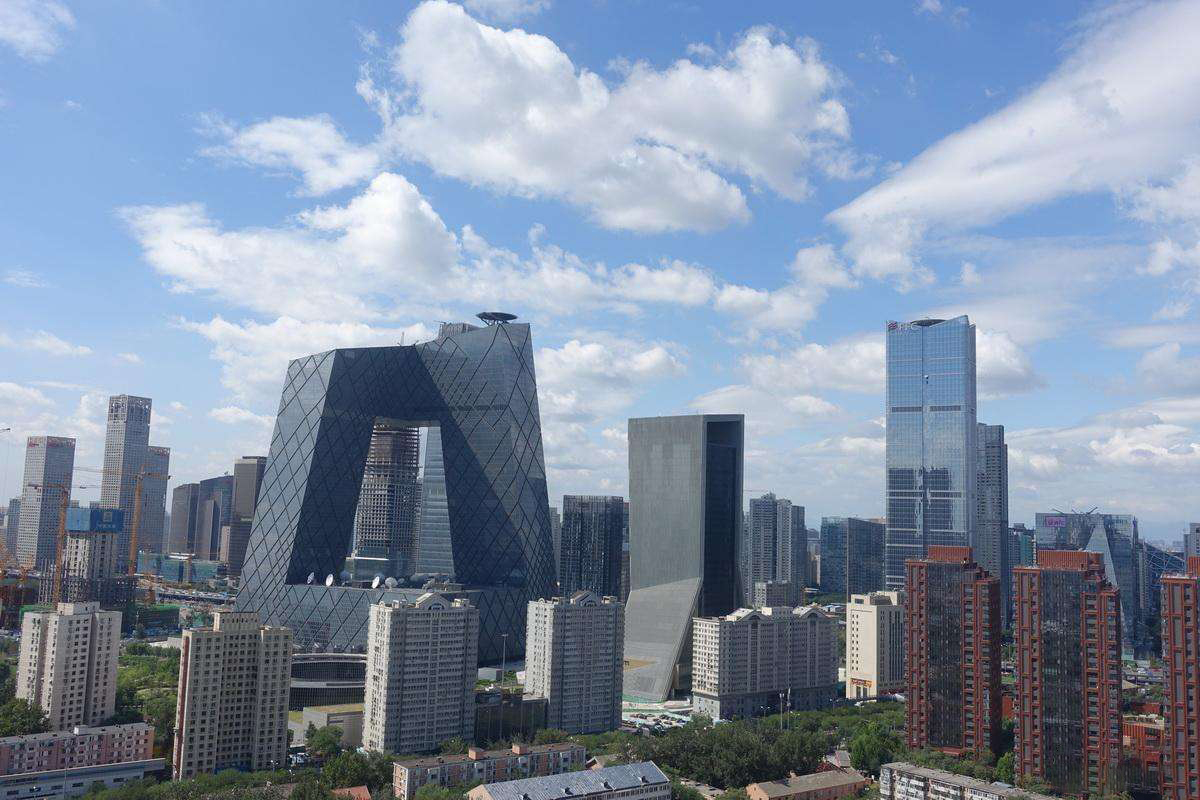
Teaching in Beijing: The Complete Guide
Learn about the capital city of China and what you will obtain teaching here !
Beijing at a Glance
Beijing, one of the most complex and compelling great cities with great history, links its splendid history with an exciting future. There are mouth-watering foods in all kinds of restaurants, extraordinary historical panoramas scattered around the city, and impressive modern buildings. Being a teacher in Beijing provides you a convenient way to live and experience Beijing!
Where Is Beijing?
Beijing covers 16,410.54 square kilometres and is located in the North China Plain, adjacent to Tianjin to the East and surrounded by Hebei province. Beijing's topography is high in the northwest and low in the southeast. Mountains surround it to its west, north, and northeast, and in the southeast, the North China Plain slopes gently toward the Bohai Sea. This inherent geographical advantage facilitates the prosperity and peace of the land since ancient times. The mountains provided defense against invaders, the ports in present-day Tianjin provided trading and international influence.
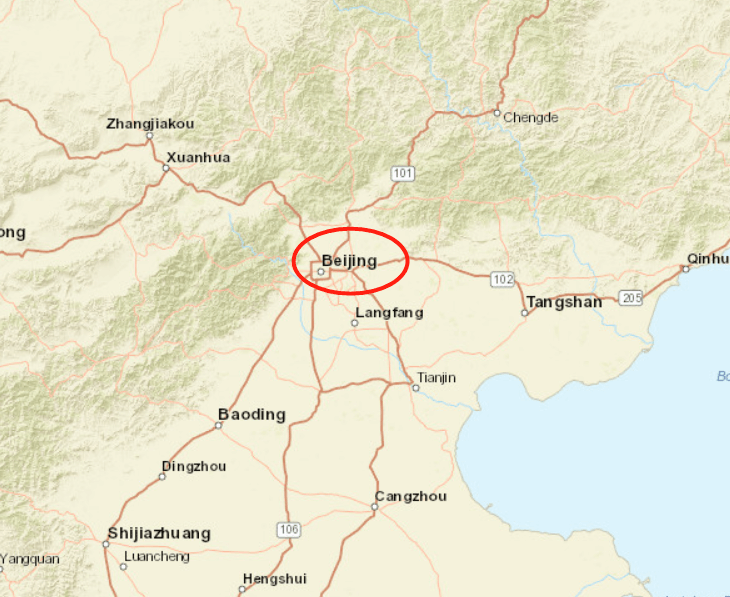
How Many People Live in Beijing?
Beijing has a population of more than 25 million people. According to Beijing 2019 National Economic and Social Development Statistical Bulletin, the urban population is 18.65 million, accounting for 86.6 percent of the resident population; the resident alien population is 7.456 million, accounting for 34.6 percent of the resident population.
Officially, 56 different ethnic groups are recognized in Beijing; however, the vast majority of the population (96.2%) belongs to the Han ethnic group. The rest of the minority population is divided into 55 other ethnic groups, of which the Mongolian, Korean, and Tu families are the most populous, accounting for the majority of the minority population.
The Local Culture and History
Beijing's history can trace back to 3,000 years ago.
In 1215, Genghis Khan (1162-1227) burned down the ancient city of Beijing and built a new city called Dadu. In the 13th century, under the rule of Kublai Khan (1215-1294), it became the capital of a vast empire and has remained almost always the Capital of China ever since.
In 1421, the third emperor of the Ming Dynasty, Emperor Yongle, sealed it as the capital city, and with its current name, "Beijing" as the capital. During this period, the central city pattern was created, with the Forbidden City as the center. The design of Beijing City follows the traditional principle of architectural Feng Shui, a system of use of space aimed at achieving maximum harmony between man and nature.
The last century of Manchu's reign was a period of invasion, internal and external distress and political turmoil, for example, the Summer Palace, featuring traditional Chinese gardens, was burned down by the British and French forces during the Second Opium War (1858-60).
The Chinese Republic was founded in Beijing on October 1, 1949, as the capital of New China.
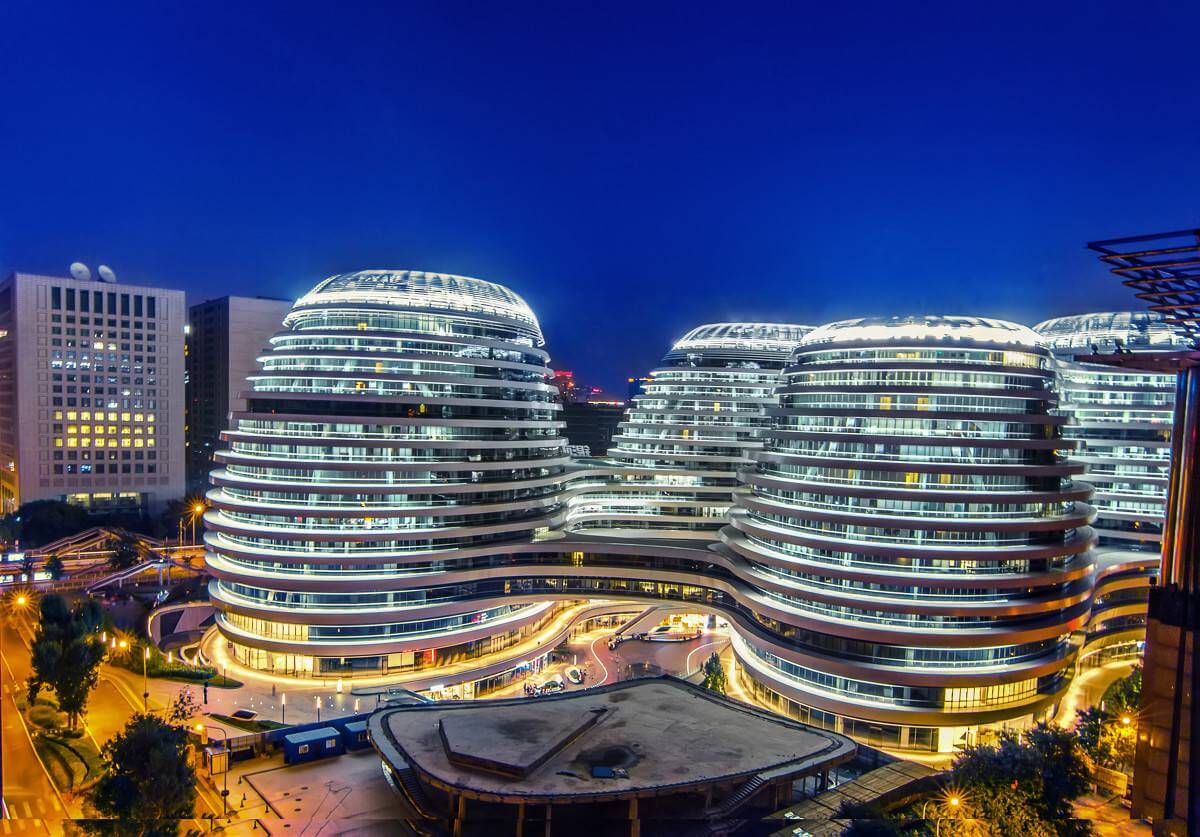
(photo by tuchong)
What Language is Spoken in Beijing?
Mandarin, specifically the Beijing dialect of Mandarin (Putonghua), is the official language of the city and the entire country.
The Beijing dialect is similar to standard Chinese but has some "signature" differences, such as the infantile sound-r. The dialect absorbs the influences of Mongolian and Manchu because of the Mongol and Manchu invasion. Between the Yuan and Qing dynasties, the Ming dynasty also modified the Southern dialect.
Weather in Beijing
The climate in Beijing is the semi-humid continental monsoon climate with characters of hot and rainy summers, cold and dry winters, and short spring and autumn. The precipitation season is very unevenly distributed, with 80% of the year's precipitation concentrated in the summer months of June, July, and August, with heavy rains in July and August.
- On average, the warmest month is July, with an average high of 87 °F
- On average, the coldest month is January, with an average low of 16 °F
- In April, you are most likely to experience sunny weather, with average temperatures between 68°F and 77°F.
For more information about the climate in Beijing, visit the Weather and Climate Section.
Beijing Cuisine
As Beijing has been the national political, economic, and cultural center for many centuries, its cuisine absorbs culinary traditions from all over China.
The signature dishes in the Beijing cuisine are roast duck and boiled mutton. Beijing duck is known for being thicker and meatier than duck meat in other parts of the country, and the famous mutton dishes are from the northern people who migrated to Beijing.
Transportation in Beijing
Beijing Capital Airport is located about 30 km (19 miles) northwest of the city center and is one of China's main international airports. Regular flights connect Beijing to Shanghai, Guangzhou, and all other major cities and tourist attractions in China. Direct flights to many global cities are also provided, such as Hong Kong, Tokyo, Seoul, Bangkok, Singapore, Los Angeles, New York, London, Rome, Berlin, etc.
As of December 2018, there were 160 domestic (including regional) way points and 136 international way points; 132 domestic routes and 120 international routes have been added.
Equally importantly, there is direct subway access to the airport, from Dongzhimen and Sanyuanqaio subway stations.
Nanyuan Airport, south of Beijing, is used for domestic flights, and Beijing Daxing International Airport, is another smaller airports for a more limited number of flights.
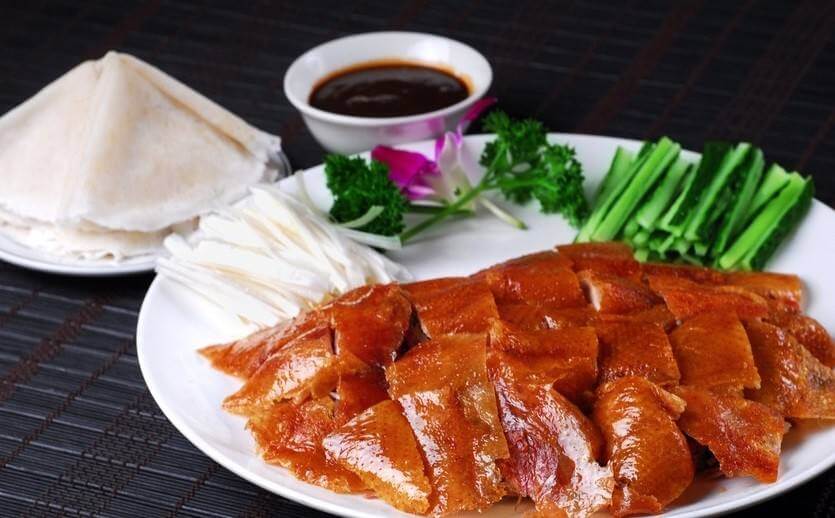
(photo by lvyou.baidu)
Working in Beijing
Working in Beijing means that you mostly work in the service sector; factories operate all around China, but the big cities of Beijing, Shanghai, Shenzhen, etc. are used for service and management.
Beijing has a rapidly growing tertiary industry, composed mainly of government agencies. It is home to China's central banking system as well as various specialized banks. Other financial institutions in the city include large insurance companies, credit unions, securities firms, and investment firms. Wholesale and retail trade and tourism also play an important role in the urban economy.
Advantages of Working in Beijing
First, many multinational companies gather in Beijing. The economic reforms in the 1990's attracted a mass of capital and technology from abroad and created an economic boom for Beijing. The city has 52 Fortune Global 500 companies, which operate extensively in Beijing.
You can also find many high-paid jobs in its financial industry. Beijing Financial Street is known as the Wall Street of China. It has three of China's most critical regulatory industries, the largest Chinese commercial banks and hundreds of domestic and foreign financial institutions such as Goldman Sachs and JPMorgan Chase.
Last but not least, the high-tech service industry in Beijing grows rapidly. According to the Foreign Investment Development Report released by People's Government of Beijing Municipality, Beijing has 80 Unicorn enterprises, ranking first in China and the total income of Zhongguancun Demonstration Area exceeds RMB 5.8 trillion.
If you intend to work in foreign high-tech companies, you also can find a job in Beijing's branches of Google, Microsoft, Intel, etc.
Average Salary in Beijing
According to Salaryexplorer, the average monthly salary (including housing, transportation, and other benefits) that a working person can expect to earn is around 25,200 CNY (3600 USD) per month. Salaries vary drastically among different jobs. The average salary for different types of teachers in Beijing is around 20,000 CNY (2828 USD) per month.
Part-time Jobs in Beijing
In the teaching sector, you can find many part-time teaching jobs in Beijing with above-average payment. For example, if you meet the qualifications and have fast and stable internet, you can work at home to teach a foreign language online to local learners.
Teaching Jobs in Beijing
Why Teach in Beijing?
As the home of Peking University and Tsinghua University, Beijing is the public education capital of China. On the northwest edge of Beijing, in addition to Peking University and Tsinghua University, there are numerous China's premier universities, such as the Renmin University of China, Central Academy of Nationalities, Beijing Normal University, Beijing Foreign Studies University, Central Conservatory of Music, etc. The flourishing of higher education has also contributed to the development of the theory of knowledge.
The first international school in China was the Pakistan Embassy School in Beijing, established in 1968. In 1980, the Beijing Shunyi International School, which admits only children of embassy staff, introduced a fully completed international teaching system and management system to Beijing. Since then, dozens of certified international schools and hundreds of international programs have been established.
What is the Salary of a Teacher in Beijing?
From 'Beijing city&salary 2020 research', the average salary for teaching in Beijing is ¥15,892 - ¥22,972 ($2279 - $3,294) per month.
| Types | Salary |
| Preschool Education | ¥17,378 - ¥26,508($2,492 - $3,801) |
| International Schools | ¥19,385 - ¥28,500($2,800 - $4,087) |
| Training Schools | ¥18,804 - ¥26,879($2,696 - $3,854) |
| University Teaching Jobs | ¥8,000 - ¥10,000($1,150 - $1,450) |
Notes: most universities in China belong to the Chinese government, so their salary levels may be different from market prices.
Teaching Requirements
Working (Z) visa is primary and essential for working in Beijing. If you cannot qualify for a Z visa, you cannot teach legally in Beijing.
From 'Beijing city&salary 2020 research', among the desired qualifications are:
| Position | Requirement |
| Preschool Education | Relevant work experience in an international or bilingual institution Relevant Certification/qualification from USA, Canada, UK, Australia or New Zealand With internationally recognized teaching certification Outgoing and caring personality, passion for children |
| International Schools | Professionally qualified in their own domains Preference will be given to candidates who have experience working in Progressive Education environments or IB curriculum. Excellent verbal and written communication skills Priority for native speakers |
| Training Centers | For English Language Teaching Position: Native English Speakers (In principle from UK, U.S., Canada, Australia, New Zealand, Ireland and South Africa) Bachelor degree or above (Degree needs to be authenticated by your local PRC Embassy) Two Years' related working experience.(Alternatively, bachelor degree or above holders in subjects like Education/Teaching major or have valid national or international level language teaching license can be exempt from it.) Age under 60 Non-criminal record For Non-English Language Teaching Position: Native Speakers of taught languages Bachelor degree or above (Degree needs to be authenticated by your local PRC Embassy) Two years' working experience. (Alternatively, bachelor degree or above holders in subjects like Education/Teaching major or have valid national or international level language teaching license can be exempt from it.) Age under 60 Non-criminal record |
| University Teaching Jobs | Professionally qualified in their own domainsHigher academic requirements (often including a Master's Degree) |
Schools in Beijing with TTJ
The followings are the schools working with TTJ. All have been recognized as capable of running the educational institution and hiring foreign employees. Check more details now!
International Schools
- Beijing Haidian International School
- Beijing Haidian Foreign Language Shi Yan School
- Beijing Financial Street Runze School
- Beijing New Oriental Academy
- Beijing No.4 High School International Campus
- Beijing SMIC Private School & Kindergarten
- Beijing Xin FuXue International Academy
- Carden®China at Beijing Haidian Foreign Language Shi Yan School
- HD Beijing School
- Nord Anglia School Beijing, Fangshan
Training Centres
Kindergartens
- Eduwings Kindergarten
- Laureate Daycare
- Laureate Kindergarten (Beijing)
- Muffy’s International Kindergarten
Teaching Jobs in Beijing for Non-Native Speakers
Teaching Spanish
For anyone who has studied Spanish, he or she can agree it is a beautiful language carrying great culture. Also, it is surprisingly easy to learn the basics in Spanish. Native English speakers often rank Spanish as one of the easiest and most practical languages, especially if they study or live in a place like California or Texas, where Latin and South America are just nearby. Even in the UK where French was often taught as the default language, Spanish is now being taught because of the influx of Spanish immigrants.
Most Chinese students get instruction of second language learning in their native language, of course. As a desired international language, English is often taught exhaustively in school and after school. However, as AP Curriculum and IB curricula is gaining momentum in China, so is the commonly taught second language of that field: Spanish.
While it is true that Spanish teaching to Chinese is still in its infancy, the demand for Spanish language has grown tremendously. Many people who study English realize how similar the word order and many basic cognates are to English, and enjoy the possibility of being fluent in a language within a single year of intensive study. Plus, the allure of a vibrant culture with lots of lively music, dancing, interesting food, a love of soccer, etc. draws many people around the world.
As Chinese travel more, many are going to Spain and South America (especifically Ecuador's Galapagos Islands). Many teachers who would not otherwise be qualified due to citizenship outside the seven primary countries, etc. have been able to get jobs for international programs, etc. teaching Spanish. Some language centers have even begun offering Spanish language courses.
If you have a background in Spanish study or come from Latin America, just speak to a recruiter from agencies like TTJ, who can give advice on how to best market yourself. In fact, anecdotal reports show that many people who have come from these areas and have advanced in language education, side businesses, etc.
Teaching French
Since the Middle Ages, French has always been the language of high art, culture, fine dining, etc. Many of the most cherished philosophical ideals, sociological theories and art monuments come directly from France. French literature and philosophy helped inspire the Declaration of Independence, its philosophers and mathematicians like Descartes have helped define our world, its government helped tremendously in helping support American democracy, and donated the famous Statue of Liberty.
In the US education system, students are required to study another foreign language other than ordinary English study, particularly Spanish or French. Spanish tends to appeal to those who want a more practical language for every day use, or have some proximity to the Hispanic world (Spain, Latin America, South America), or their people. On the other hand, French tends to be for people who appreciate European high art, French literature, or who are fairly sure they want to go into international law, European politics, etc.
Although France's influence over world affairs has diminished considerably in the last fifty years, it should be noted that France still retains considerable power through the United Nations, and French is one of the few official languages of UN documents. French is still widely studied and spoken among the elite in Europe, Russia, the US, Caribbean, North and South Africa, and other former French colonies.
One will not go wrong studying either Spanish or French, and may well-indeed study both in their lifetime. It should be noted that form is particularly important in French, more than other languages such as Spanish and English. Therefore, being able to learn from a speak with a Parisian accent is of particular importance both in teaching and being a teacher.
Teaching Math
High school students (Grades 10-12) preparing to go to university in English-speaking countries need a foreign-educated math teacher to help them become familiar with different teaching and exam patterns. While Chinese students often do a great job of learning rules and practicing exhaustively, they have not practiced creative problem solving, critical thinking skills, teamwork, etc. that makes a truly great teacher, engineer, etc. Math teachers are responsibile to discover such qualities and develop relevant abilities on them.
f a teacher has a math degree from a well-known university, can teach mathematics physics with passion, and can develop student's critical thinking and inquiry skills, he can go a long way in China.
Teaching Music
Most international schools have music and art as part of the seven core teaching areas. Some schools even place more emphasis on arts education, with dance and piano lessons being taught separately from kindergarten onward. For those status-conscious Chinese, training in piano and fine arts, especially with imported and expensive musical instruments, teachers and travel vacations are precious.
International Baccalaureate Teaching Jobs
As of April 2020, the number of IB schools in Beijing is 33, including 18 schools in Primary Years Programme, 11 schools in Middle Years Programme, 20 schools in Diploma Programme.
While a school may have received Advanced Ed certification for IB, progress may still be haphazard. Developing truly international standards often requires tremendous investment of resources, staff, training, etc. and takes many years. Many listed IB schools are still a work in progress.
International Baccalaureate Organization Website
Living in Beijing
Cost of Living in Beijing
According to Numbeo:
- Four-person family monthly costs: $2,129.62 (15,040.47¥), rent not included.
- A single person monthly costs: $582.97 (4,117.20¥), rent not included.
- Cost of living index in Beijing is 55.88% lower than in New York.
- Rent in Beijing is, in average, 66.56% lower than in New York.
- Cost of living ranks 287th out of 476 cities in the world.
Where to Stay in Beijing
Beijing divides itself into six rings, which form the city's main area of transportation. The First Ring is around the Forbidden City; this is mostly for public buildings, banks, etc. The Second Ring is an urban express ring built on the site of the original city walls. The Sixth Ring has a more suburban feel to it. Some of the Sixth Ring even goes into Hebei province.
Beijing is One of the Largest Cities in the World; All Connected by Subway
There are 16 districts in Beijing. Due to the large population and the size of the city, you need to pay attention to your priorities and lifestyle before deciding where to live.
If you do not want to spend a few hours a day crossing the city to get to work, live close to where you work. If you work in the Third Ring but cannot afford the expensive rent, it would be convenient for you to live in an area close to a subway station.
If you value social life a great deal, keep in mind that most bars and clubs are located in the Valium Gate and Gulou (near the north of the Second Ring Road), in the Wudaokou area (northwest of the Fourth Ring Road) or Sanlitun (northeast of the Second Ring Road). These are the places with the highest concentration of expatriates.
Moreover, Beijing’s international community is not as big as Shanghai, Guangzhou, or Hong Kong. If you are worried about not adapting to the local lifestyle, it is recommended that you stay in Sanlitun, which has a Western lifestyle (although the costs of living are very high).
Things to Do in Beijing
The Great Wall
The Great Wall of China is one of the most magnificent sights in the world — the longest wall in the world, an awe-inspiring feat of ancient defensive architecture. Its winding path over a rugged country and steep mountains display some beautiful scenery.

(photo by zhxuhui)
Forbidden City
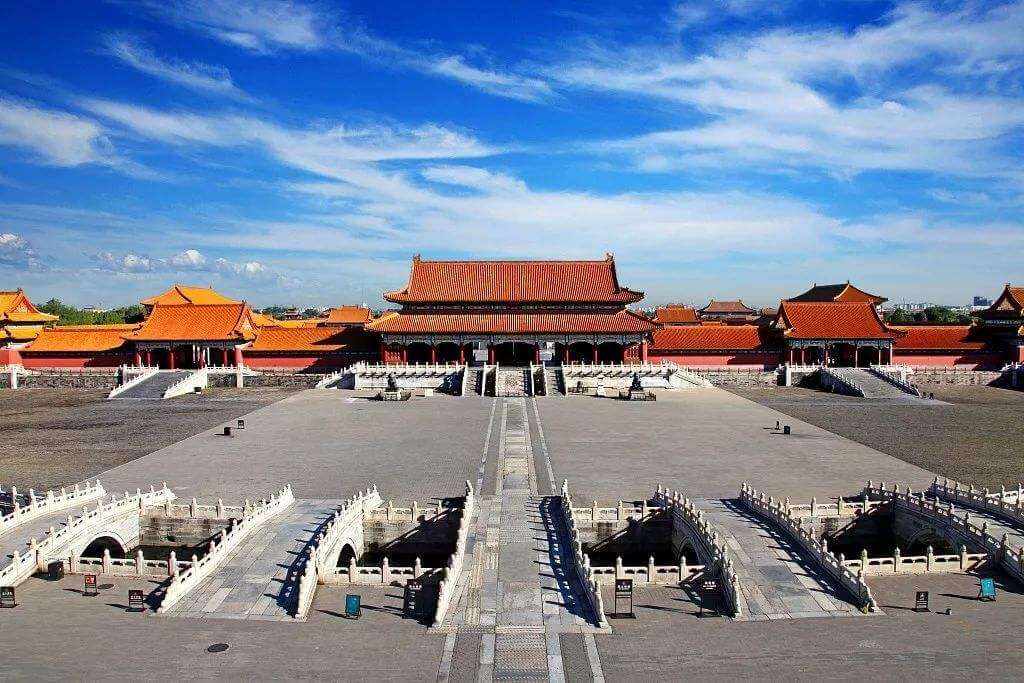
(photo by news.yxad)
Tiananmen Square
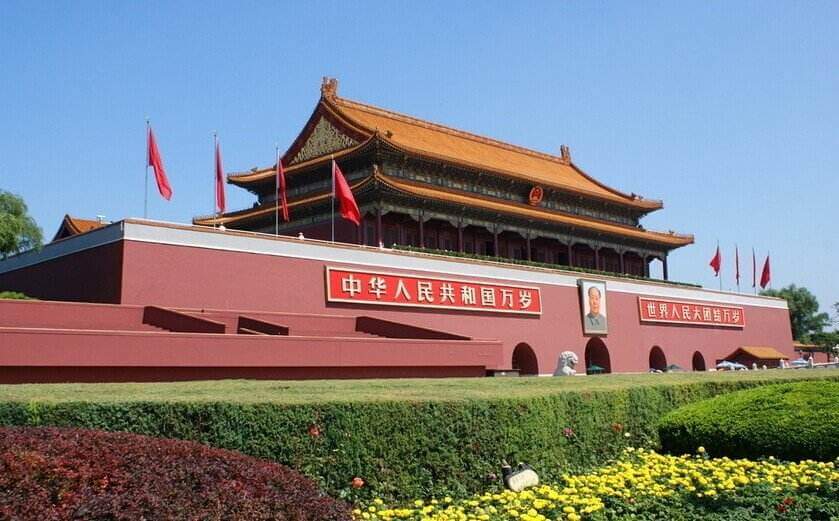
(photo by lvyou.baidu)
Beijing Subway Map
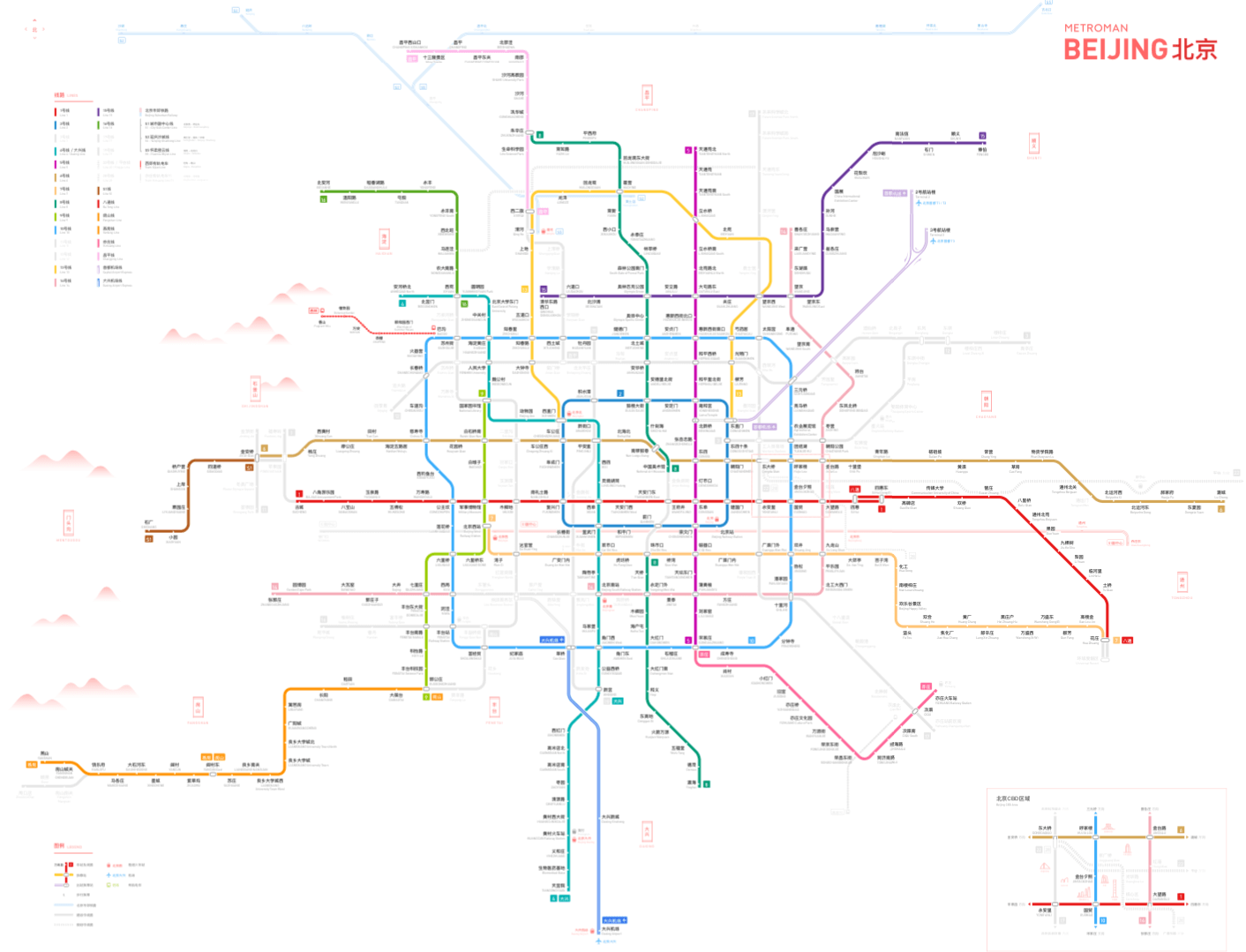
(photo by METROMAN)